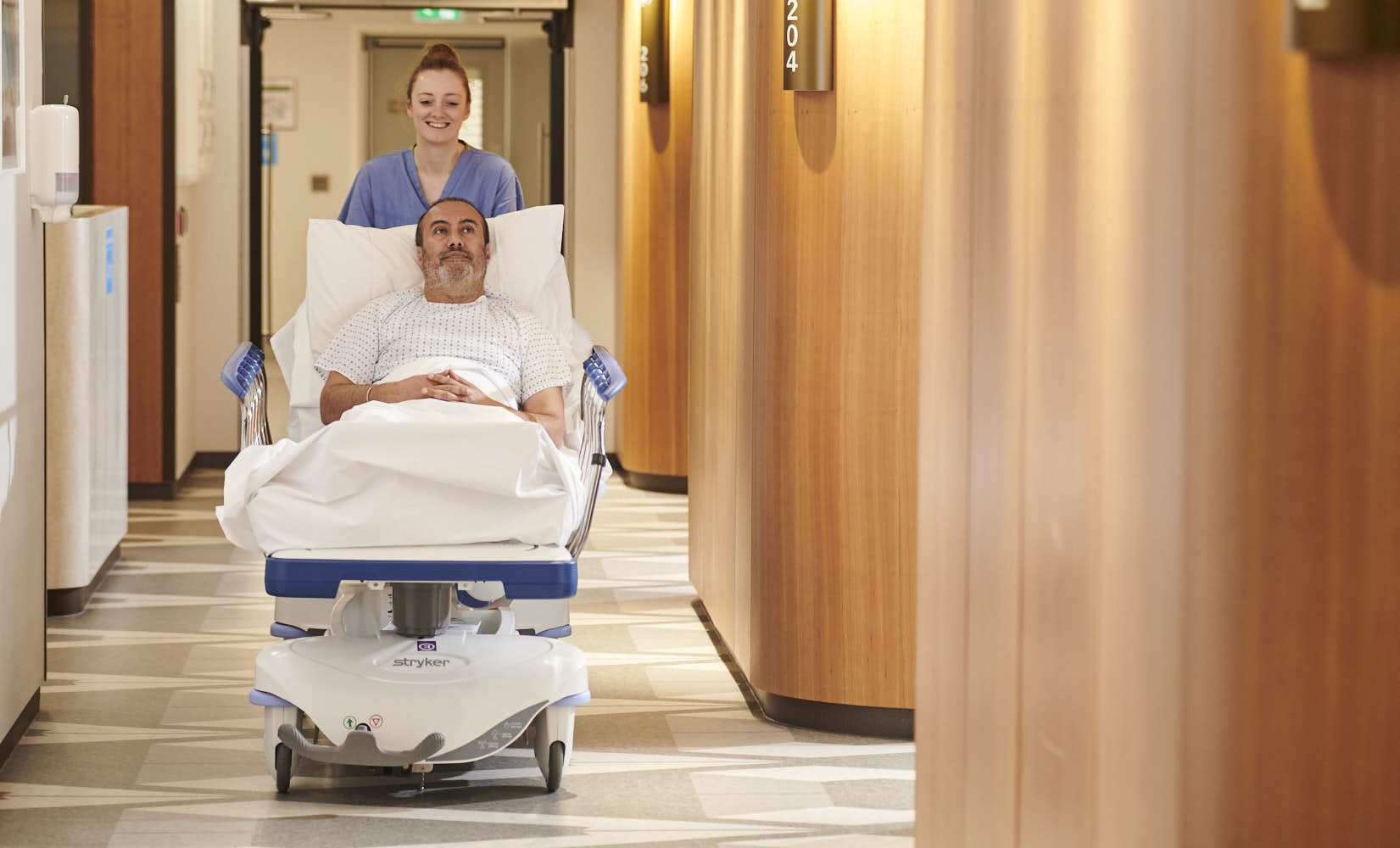When blood flows through the heart slowly, as it does in Atrial Fibrillation (AF), it tends to form clots. These mainly form in and out pouching of the heart called the Left Atrial Appendage (LAA).
Closing the LAA has been shown to reduce the risk of stroke.
What happens with a Left Atrial Appendage Closure?
Before your procedure you will be given a general anaesthetic. To help your consultant navigate, your operation will be guided by X-rays and ultrasound pictures from a probe in your throat (TOE).
A pipe will be passed through a catheter which will be placed from your groin up to your heart and a wire passed across your heart and into the mouth of the appendage.
A stiff tube will be passed over the wire and a plug-like device is place into the mouth of the appendage. Once the Cardiologist is happy that the device is well placed, it will be released and all other equipment removed.
If you are not suitable for device based closure, a surgical procedure to close the LAA may be suitable for you.




